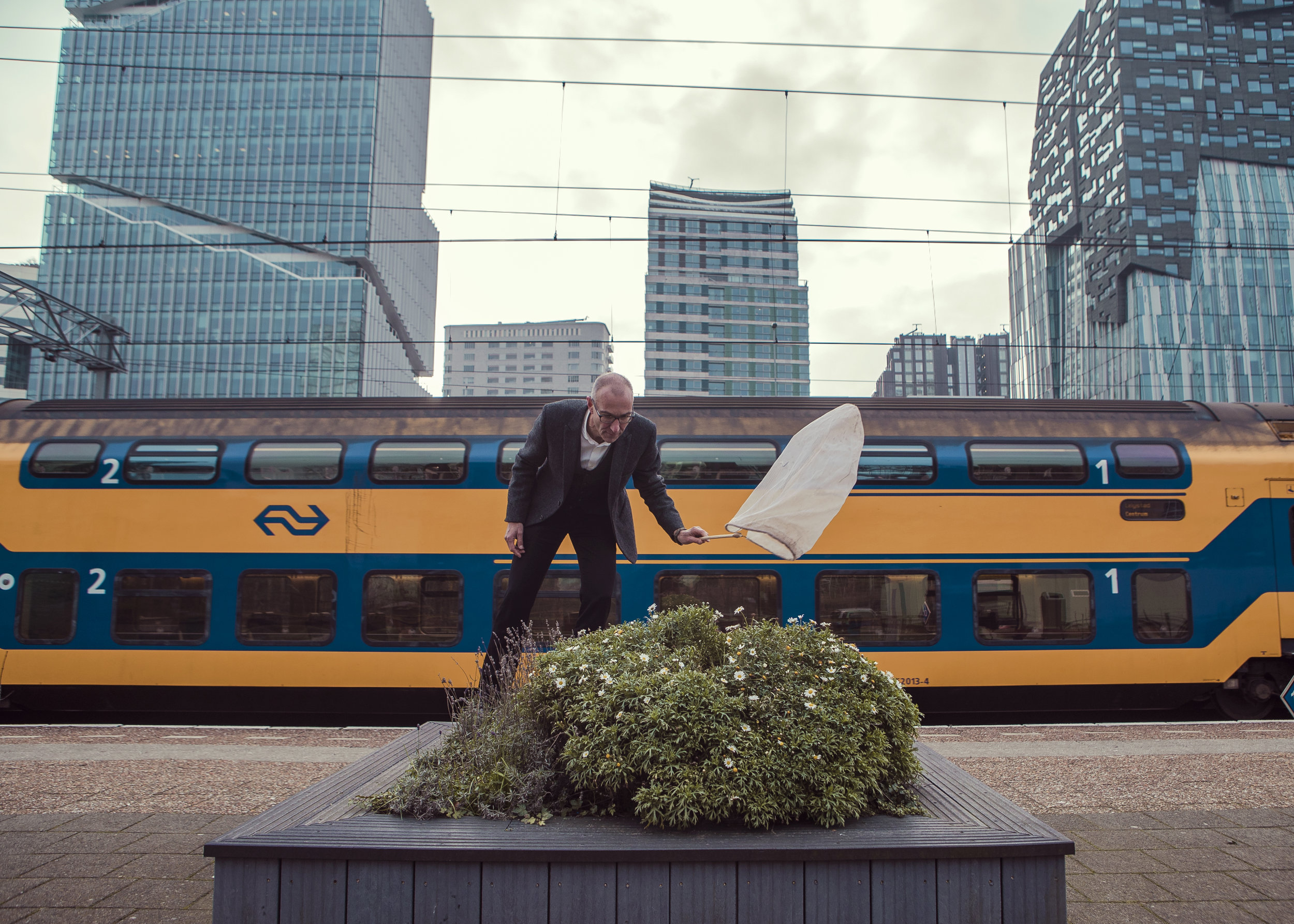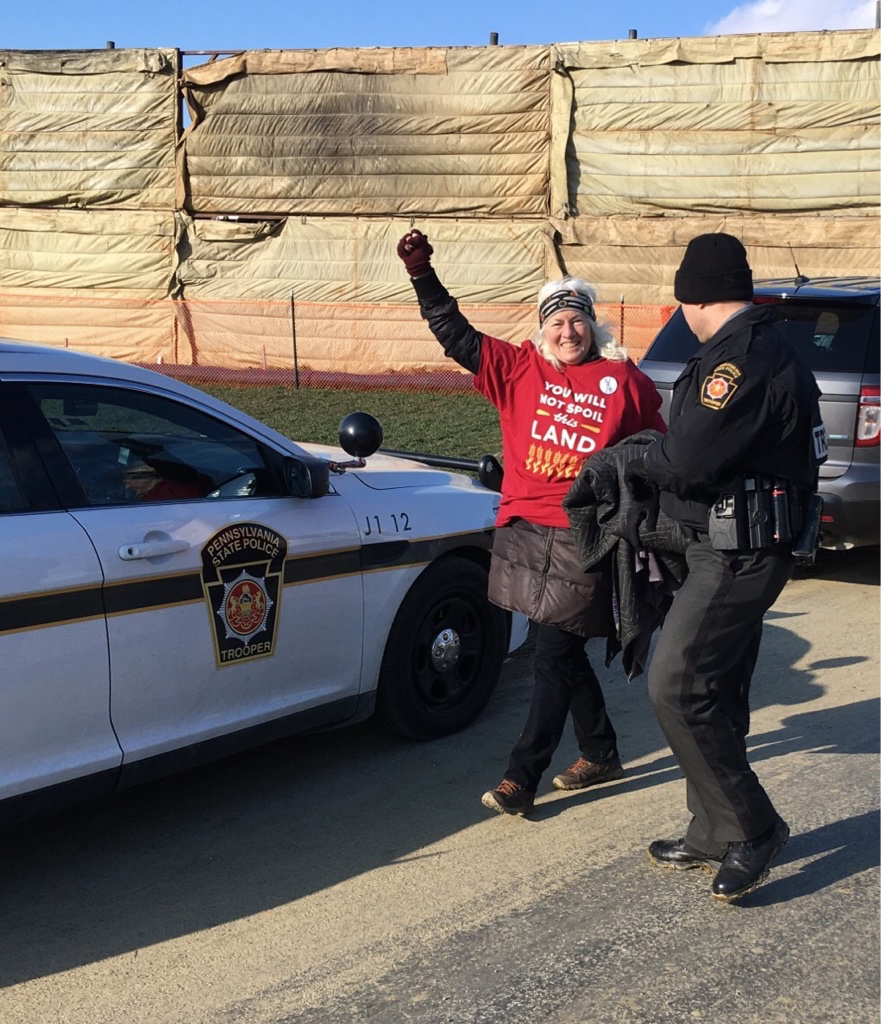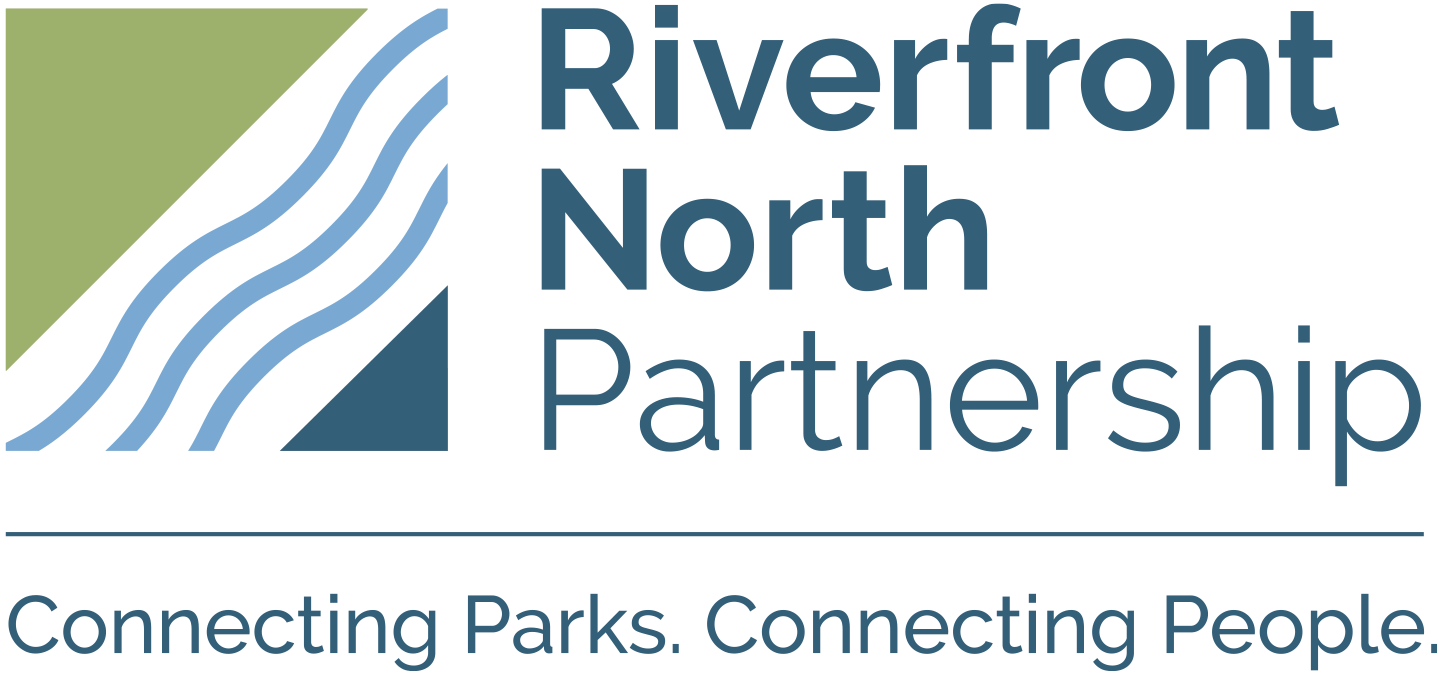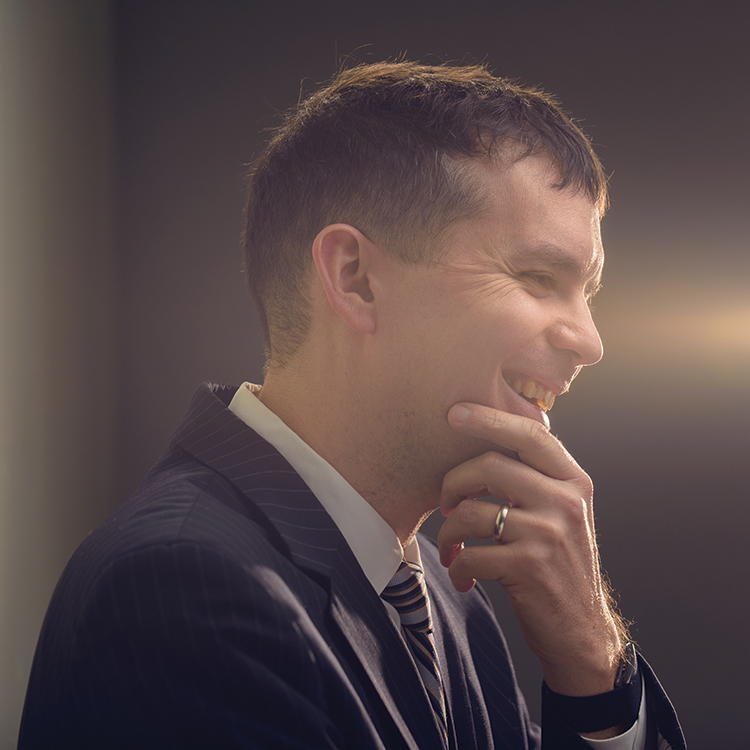Check any biology textbook for an example of evolution through natural selection, and you’re pretty much guaranteed to read about the finches of the Galapagos Islands. Some have smaller beaks ideal for eating insects. Others have sturdier beaks that crack seeds. As Charles Darwin realized when he visited the Galapagos, all are descended from colonists that then evolved based on local conditions.
It took Darwin a five-year trip around the world on the H.M.S. Beagle to start thinking about evolution. Today, though, he might have started in a city closer to home. And instead of Galapagos finches, how about urban pigeons?
Our pigeons, aka rock doves (or rats with wings, depending on your outlook), have also been evolving. As Dutch biologist Menno Schilthuizen explains, French researchers have looked into why it is that urban pigeons tend to be darker than rural pigeons. It’s not that they need a bath. “It turns out that this has to do with the fact that they can use their feathers to get rid of pollution by heavy metals. The darker ones are better at surviving because there is more melanin in their plumage, and melanin binds to these heavy metals. They can detox themselves by putting zinc and lead ions in their feathers, and when their feathers shed, they can do the same thing again with the new feather they grow. That’s one example of a process of urban evolution.”

Schilthuizen’s new book, “Darwin Comes to Town: How the Urban Jungle Drives Evolution,” is full of such examples. Starlings have evolved rounder wings, better for quick takeoffs and tight maneuvers around buildings. The crested anoles of Puerto Rican cities have evolved longer legs and stickier toes than their country cousins—better for running around on concrete walls and glass windows.
Urban evolution starts with species predisposed to live in the conditions we create in cities. The original pigeons nested on rocky cliffs. Buildings with ledges were an easy transition. From that point, heritable advantages, like detoxing feathers, got passed along to yield a distinctly urban creature.
“There is something special about specifically urban evolution in that the whole system seems to be running by different rules than is the case in natural ones.” According to Schilthuizen, cities are globally connected to an unprecedented extent, both physically and technologically. “Species that are being transported between cities by humans and by traffic are being homogenized, but also the conditions to which animals and plants in cities adapt are being homogenized.” For example, cities all over the world are adopting LED streetlights. Nocturnal urban moths all over the world are facing the same shift in light spectrum.
Some of us might not welcome a world of homogenized urban plants and animals. Schilthuizen, though, urges a warmer reception. “You can design cities in such a way that urban evolution in animals and plants is stimulated. We can actually make use of the process to build a more livable environment for the future.”
Urban gardeners might start by embracing the urban-adapted plants (don’t call them weeds) that grow “naturally” in our city soils. “The city is already full of species that are adapted to our urban conditions. So if you are building or designing a new green area or a green wall or green roof, you might be wiser not to stock those places with plants that you pick out of a catalog in the garden center. You could simply provide the soil and wait for the vegetation to develop naturally out of the preadapted plants.”
Not all species can thrive in cities. Schilthuizen says that pristine patches of habitat can be preserved for those species that can’t adapt. He also recommends that city conservationists avoid connecting patches of habitat, whether pristine or urban. This can protect the city-averse natives while also fostering evolution of the urbanites. Each city park, for example, might present subtly distinctive conditions. “I think that for some animals and plants it might be better not to connect those parks but to allow the species in those parks to adapt to local conditions. If you identify interesting local species and other ones that are more generalized urban wildlife, and if you make sure that they do not get into contact with each other, you can have your cake and eat it.”
Like it or not, our own species is increasingly urban. “As cities continue to grow, as urban habitat becomes a more and more systematic part of life on Earth, it will be the kind of environment that most people will be seeing. [Evolution] is not something that you need to go to the Galapagos… to observe. It’s a very mundane process that goes on all around us. By placing that story in the context of something so familiar to us as a cityscape that we live in, it brings it literally very close to home.”









